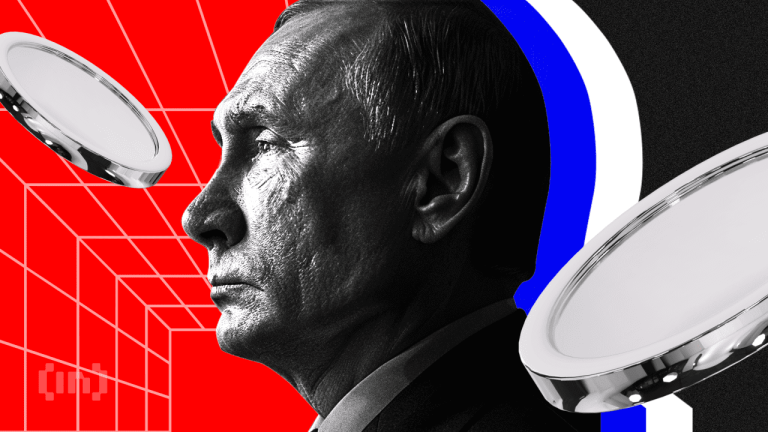
Introduction

The science behind vaccines is a crucial element in understanding their role in public health. Vaccines have been a transformative force in preventing diseases, saving millions of lives worldwide. This article delves into how vaccines work, their history, and their impact on public health.
Understanding Vaccines

Vaccines are biological preparations that provide acquired immunity to a particular infectious disease. They contain agents resembling disease-causing microorganisms, which are often weakened or killed forms of the germ. When introduced into the body, these agents stimulate the immune system to recognize them as foreign, destroy them, and remember them. This immunological memory helps the body respond more effectively if exposed to the actual pathogen in the future.
The Historical Impact of Vaccines

The journey of vaccines began with Edward Jenner in 1796, when he discovered that cowpox could protect against smallpox. This groundbreaking discovery laid the foundation for modern immunology. Over the years, vaccines have successfully eradicated smallpox and significantly reduced the incidence of diseases like polio, measles, and diphtheria, showcasing the power of preventative medicine.
Vaccines and Public Health

Vaccines play a pivotal role in public health by establishing herd immunity. When a significant portion of a population is vaccinated, it reduces the spread of disease, protecting those who cannot be vaccinated due to health issues. This collective immunity is vital in controlling outbreaks and protecting vulnerable populations.
Challenges and Future Directions

Despite the proven benefits, vaccine hesitancy poses a significant challenge to public health. Misinformation and fears surrounding vaccine safety can lead to lower vaccination rates. Public health campaigns must focus on educating communities about the science of vaccines to counteract these fears. Looking ahead, advancements in vaccine technology, such as mRNA vaccines, offer promising avenues for rapid responses to emerging infectious diseases.
Conclusion

The science behind vaccines is a testament to human ingenuity in combating infectious diseases. By understanding how vaccines work and their historical significance, we can appreciate their role in safeguarding public health. Continuous education and innovation in vaccination strategies are essential in maintaining and enhancing community health.





